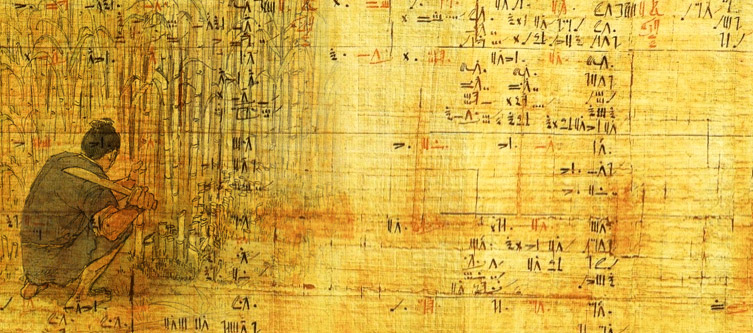Paper is something that is still being produced abundantly in many parts of the world. We use it for a variety of purposes. It is used as a canvas for creating beautiful works of art and for making some creative doodles. Numerous words are printed on it, thus creating books of immense knowledge and magical stories.
You might remember that wonderful smell of a book when you purchased it from one of the neighbourhood stores. Now, let’s know some amazing facts about the paper.
1. The invention of paper
It was in the early 1st century that the invention of paper was made by the Chinese. The plant-based fibres were derived from hemp. It is a versatile plant grown in central Asia. Today, the raw materials for making paper come from many different plant sources. The best examples among them are tree bark and bamboo.
2. The production of paper
Paper can be made from different kinds of trees. However, softwood is the main source of raw material for paper production. It accounts for nearly 85% of all the raw material sources used for making paper. The ‘wood pulp’ produced by softwood trees has an abundance of cellulose fibres.
Paper made from these trees is also known for its strength. The different types of softwood trees include pine, spruce, and fir. A single pine tree produces about 80,500 sheets of paper.
3. Folding of paper
There is a certain limit on the number of times you can fold a piece of paper in half. When the paper is folded, the sides become much stronger and thicker. The accepted number of times you can fold a piece of paper is seven. To be sure, you can try folding a piece of paper at home yourself.
4. Paper aeroplanes
Since the paper was invented in China, they also knew how to make paper aeroplanes later on. They were first made by the Chinese around 2000 years back. Such aeroplanes have simple designs, but they can achieve some astonishing feats. Unless one were to hit something, these aeroplanes would continue to float in a straight line.
5. The origin of origami
Origami, the Japanese art of folding paper had actually originated in China. In the Japanese language, ‘ori’ means ‘folding’, and ‘kami’ means ‘paper’. Owing to pronunciation, ‘kami’ changes to ‘gami’. It was developed in the 17th century and became immensely popular in western countries during the 20th century.
In origami, a single sheet of paper is folded in many creative ways. This is done to make the most intricate models of real-life objects.
6. Money
In the United States, money isn’t paper. Your average note here is 25% linen and 75% cotton. The reason for the use of such materials is that they give durability to the note. It proves to be extremely useful considering how much most of us handle money.
7. Water needed to produce paper
Five litres of water are required to produce a single sheet of paper. It sounds like a weird combination, but most of the water is removed to make that 1% of the paper.
8. The longest piece of paper
On the 7th of August 2015, the Guinness World Record for the longest piece of paper was broken again. A new record was created by 250 students, who created a giant sheet of paper. It was made out of recycled newspaper measuring 149.5 square meters.


